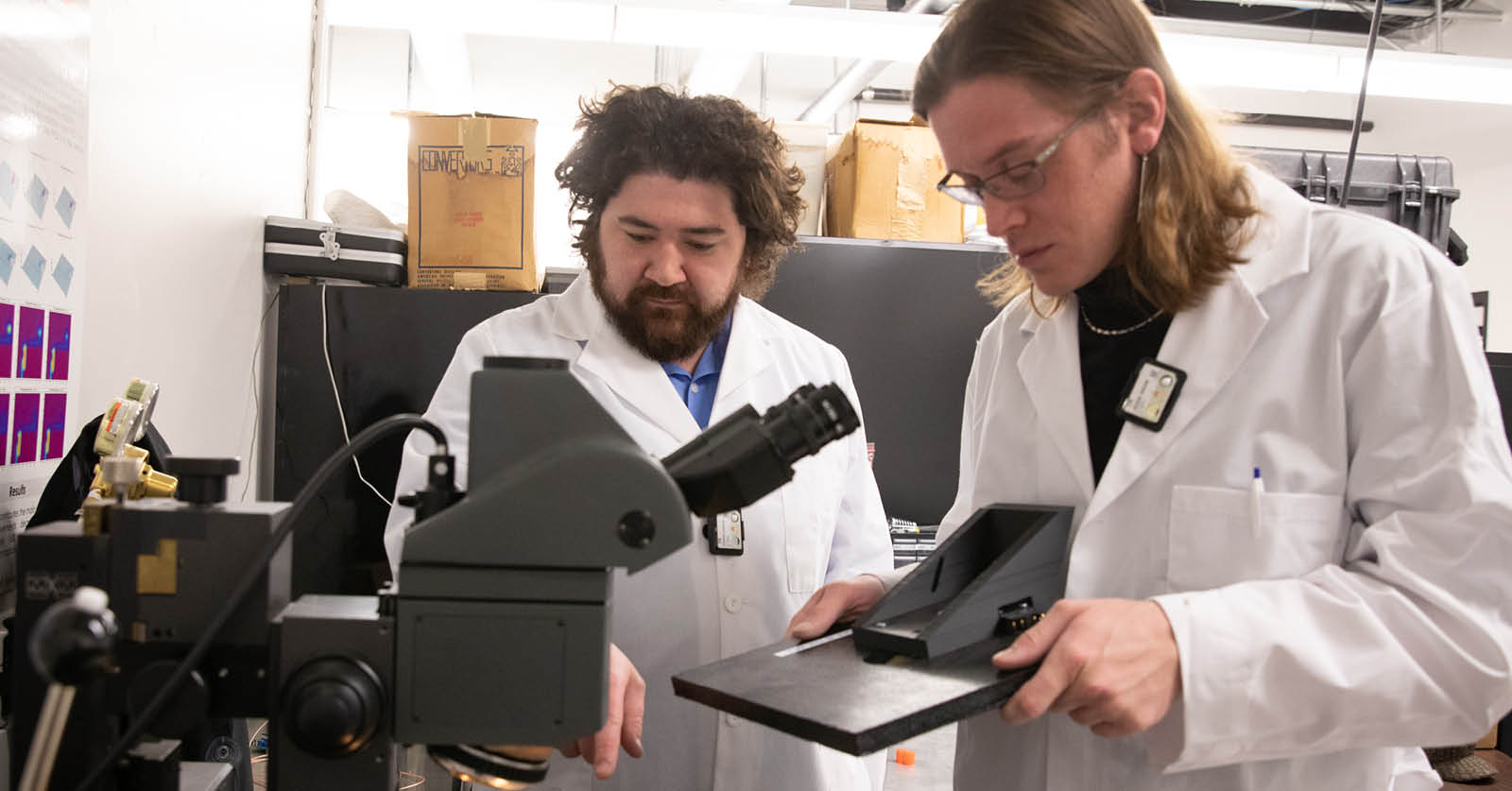From Detector Development to Neutron Source Facilities: Dr. Edward Cazalas and Team Are Advancing Nuclear Engineering
Dr. Edward Cazalas, an Assistant Professor of Nuclear Engineering in the Civil & Environmental Engineering Department at the University of Utah, is at the forefront of advancing our understanding of nuclear and radiation interactions.
At the helm of the Cazalas Group of Radiation Detection, Effects, and Dosimetry, (CAZ-RAD), Dr. Cazalas is dedicated to exploring the intricate physics and engineering behind these interactions. The group’s work spans the development of cutting-edge tools and instruments for radiation detection, the advancement of dosimetry, and the study of radiation effects, all of which play a critical role in various fields such as nuclear engineering, nuclear physics, nuclear security, and the durability of electronics in radiation environments.
A Collaborative Hub for Innovation
The CAZ-RAD group is committed to fostering collaboration across a broad spectrum of disciplines and industries. Dr. Cazalas and his team actively invite potential collaborators from universities, industry, national laboratories, and government agencies to join forces in pushing the boundaries of nuclear engineering research.
By inviting a collaborative approach to their elaborate facilities, they aim to develop innovative solutions that address some of the most pressing challenges in the field.
State-of-the-Art Research Facilities
The CAZ-RAD group operates three specialized laboratories, each designed to support different aspects of their research:
- East Lab: Focused on radiation detection, electronics, and technology development. This lab is equipped with high-quality oscilloscopes, detector material storage, power supplies, ADCs, signal analysis software packages, and SiPM systems, making it a hub for cutting-edge detector research and development.
- West Lab: Dedicated to radiation and irradiated sample testing, located within the University of Utah Reactor (UUTR) lab space. The West Lab is capable of handling radioactive and activated materials and offers access to the UUTR and radioactive sources, probe-station testing, sample analysis, and radiation counting facilities.
- Computational ‘Lab’: Specializes in simulations and modeling, providing the computational backbone for the group’s experimental work. This lab plays a critical role in predicting and analyzing radiation interactions, helping to refine experiments and interpret results.
Facilities and Future Developments
The CAZ-RAD group benefits from the extensive facility support available at the University of Utah, including the UU Nanofab Labs and the UU TRIGA Reactor (UUTR). These facilities enhance the group’s ability to conduct high-impact research. Looking ahead, the group is planning to develop a neutron source irradiation facility, further expanding their research capabilities and the potential for groundbreaking discoveries.
A Distinguished Career in Nuclear Research
Dr. Cazalas brings a wealth of experience to the University of Utah, having worked at prestigious institutions such as Sandia National Laboratories, Pacific Northwest National Laboratory (PNNL), Penn State University, Oregon State University, the Air Force Institute of Technology, and the RAND Corporation. His diverse background and expertise in nuclear engineering and policy research have positioned him as a leading figure in the field, driving innovation and inspiring the next generation of nuclear engineers.
Join the CAZ-RAD Group
Whether you are interested in exploring radiation effects in electronics, advancing nuclear security, or developing new radiation detection technologies, the CAZ-RAD group offers a unique environment to pursue cutting-edge research. Interested parties are encouraged to contact Dr. Cazalas to discuss potential collaboration opportunities.
Nuclear Engineering at the University of Utah
With a commitment to innovation and excellence, the Utah Nuclear Engineering Program (UNEP) aims to push the boundaries of multidisciplinary nuclear-related fields. UNEP’s overarching goal is to continually make strides in the advancement of multidisciplinary nuclear-related fields such as actinide synthesis, electronics nesting, energy, and more.
Explore Transportation Engineering→
More news from our department:
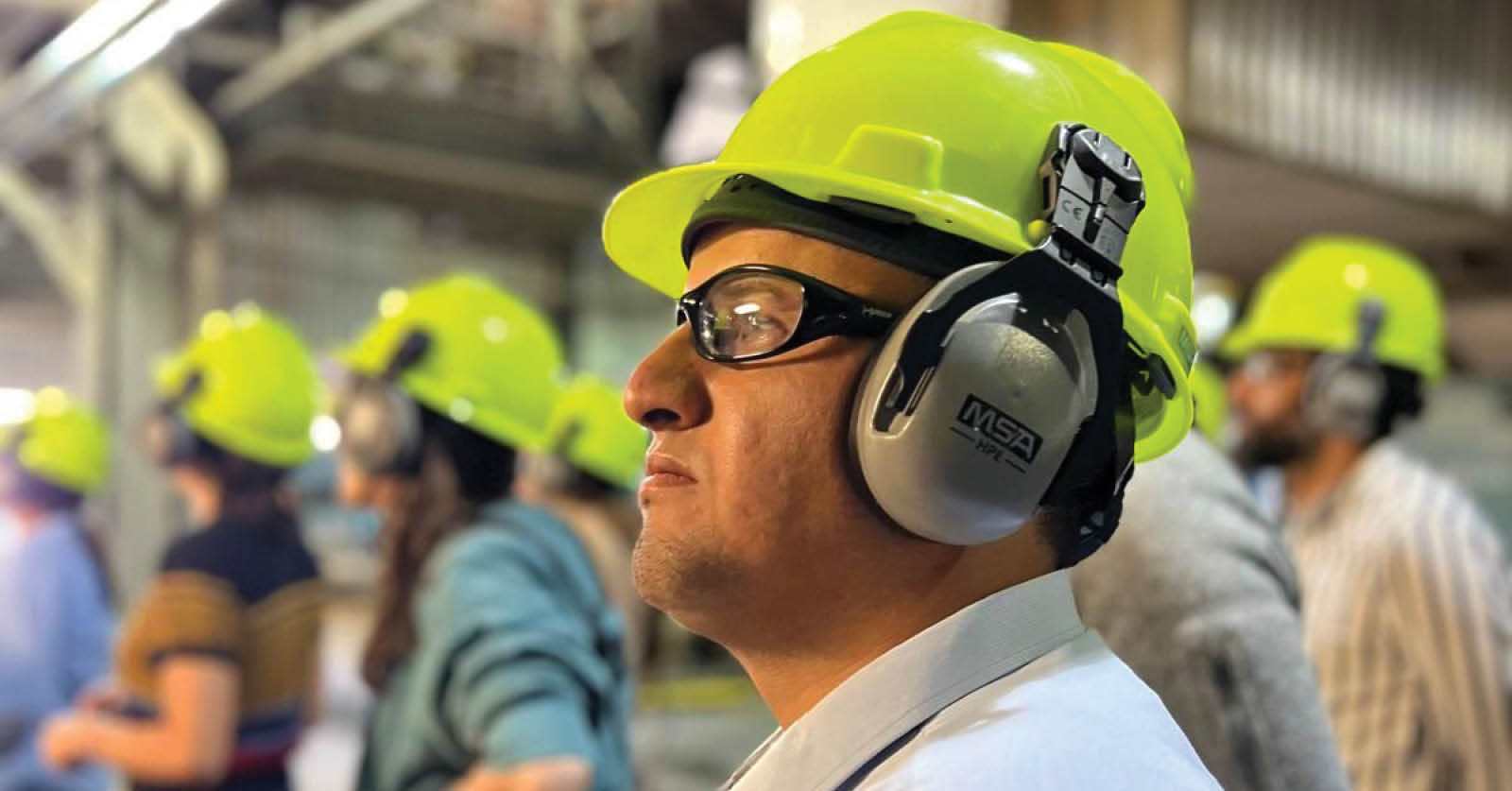
PhD Student Omar Bakelli Completes RECS 2024 Program
Bakelli’s Participation Propels Him into the Forefront of Carbon Sequestration Research University of Utah PhD student Omar Bakelli recently participated in the 20th annual Research Experience in Carbon Sequestration (RECS) program, held from July 21-30, 2024, across Colorado and Wyoming. Sponsored by the U.S. Department of Energy (DOE), RECS 2024 provided an immersive experience for […]
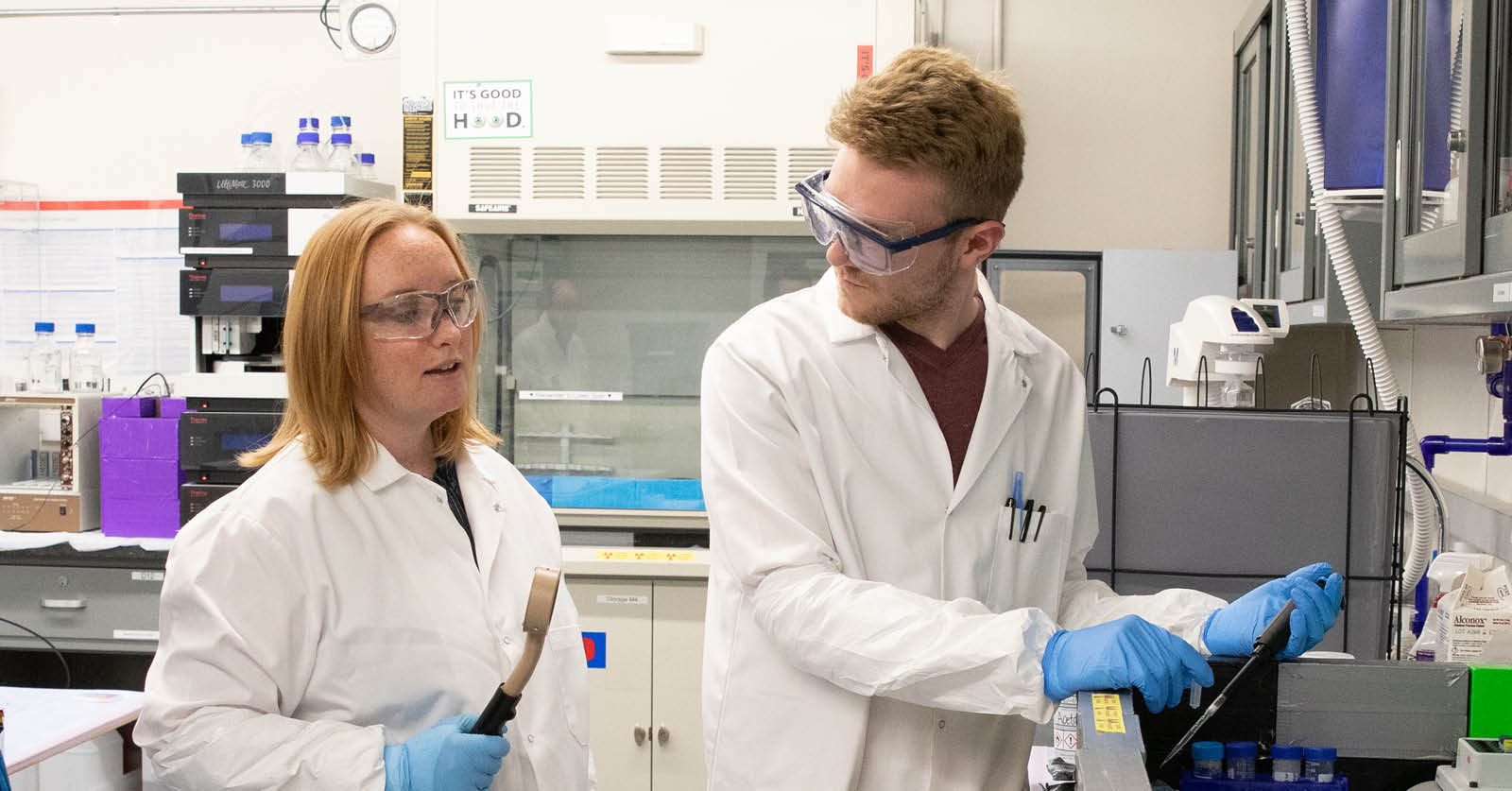
U Grad Breaking Boundaries in Alzheimer’s Disease
Innovative Alzheimer’s Treatment Developed at the U Featured in Journal of Nuclear Medicine Alzheimer’s disease, a debilitating brain disorder with limited treatment options, has long challenged researchers. Specifically, researchers have struggled with slowing the buildup of amyloid beta plaques, harmful clumps in the brain that exacerbate the disease by damaging brain cells and causing memory […]
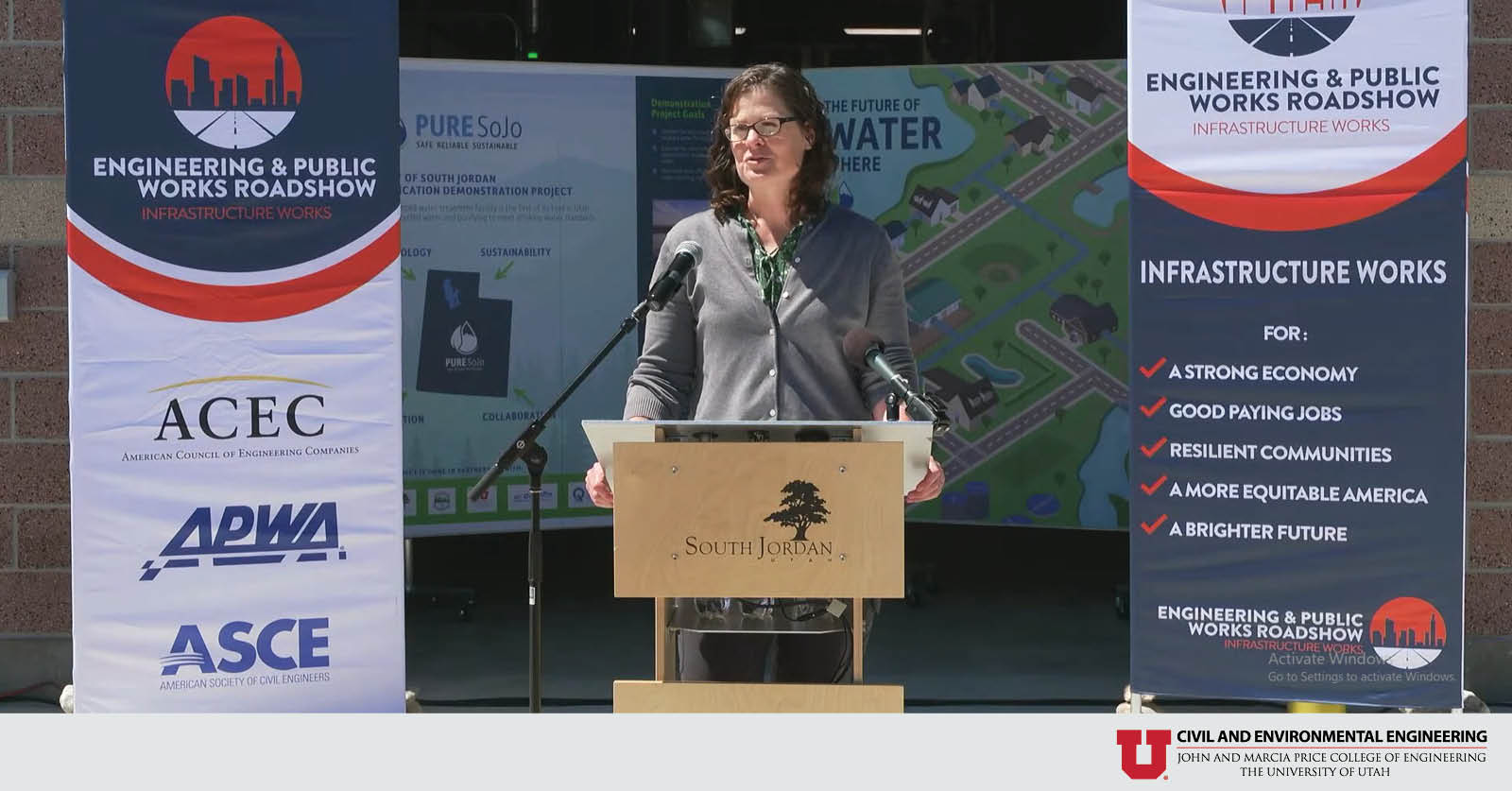
From Classroom Concepts to Real-World Impact
Dr. Weidhaas Champions Local Solutions for Water Reclamation in Arid Utah On June 18, 2024, Environmental Engineering Professor Dr. Jennifer Weidhaas shared her insights and experiences with the groundbreaking PureSojo project as part of the Engineering & Public Works Roadshow. This innovative initiative, developed in collaboration with the City of South Jordan, represents a significant leap […]
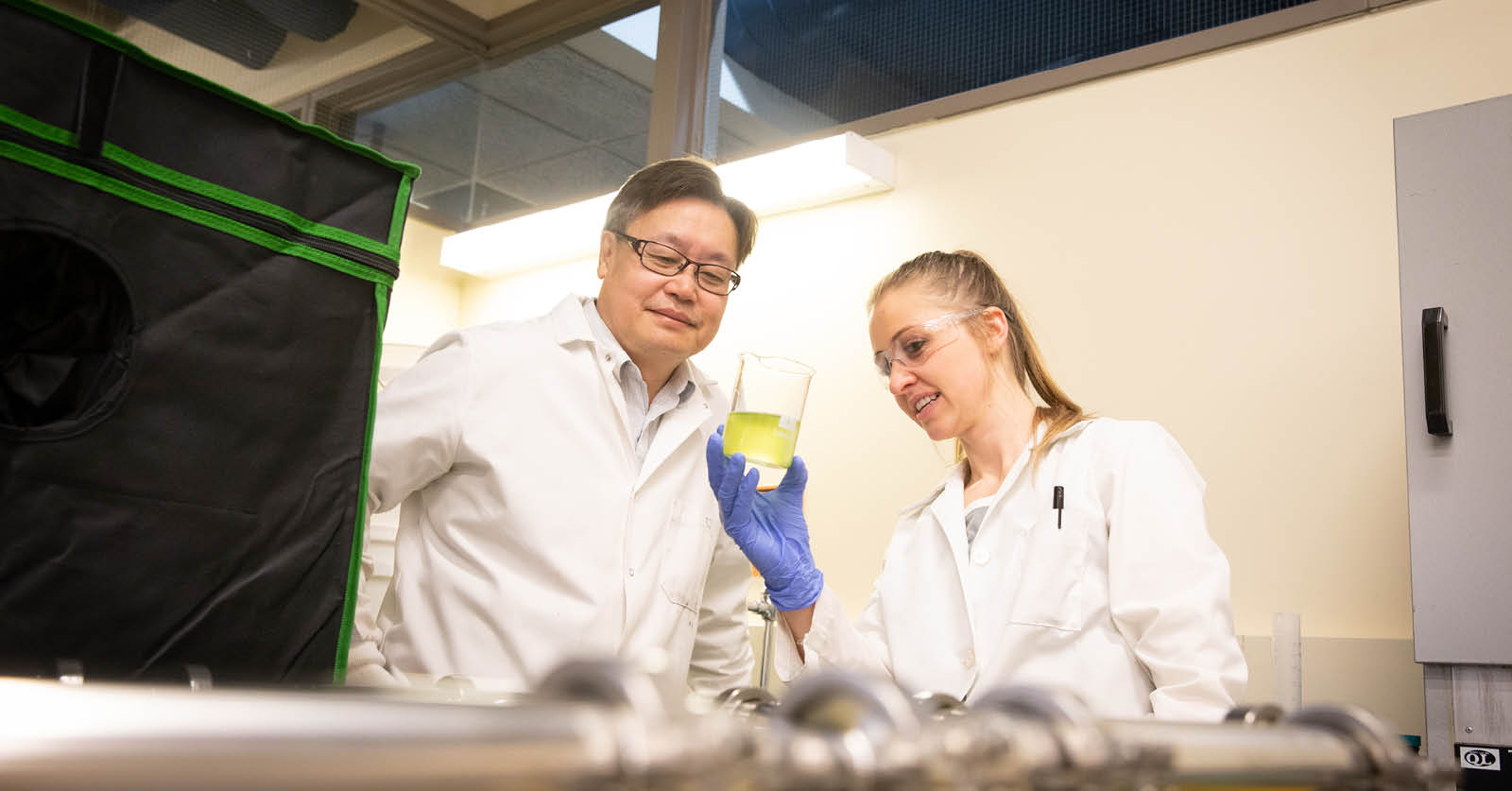
Nanobubbles: Tiny Powerhouses with Huge Potential
University of Utah Environmental Engineering Professor is at the Forefront of New Nanobubble Technology Peculiarly powerful, nanobubbles have opened a new frontier in science and engineering, creating promising environmental and medical applications. But what exactly is a nanobubble? Imagine a tiny water bubble that’s 2,500 times smaller than a single grain of salt. Then imagine […]

